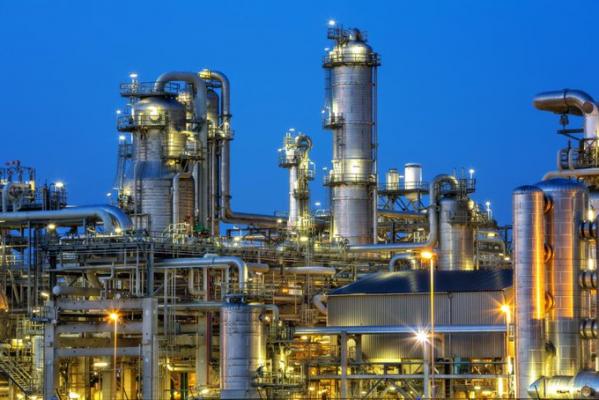The following is a cross-post from Tradeology, the official blog of the International Trade Administration (ITA).
This Manufacturing Day we are highlighting the positive impact of investors in manufacturing. Whether a business decides to expand existing operations in the United States, or a new international investor opens a manufacturing plant for the first time, U.S. communities reap rewards. These benefits can be seen in stories across the country.
Re-selecting the USA
Earlier this year, SelectUSA released a report titled Reinvesting in the USA: A Case Study of Reshoring and Expanding in the United States. It profiled six examples of U.S.-based businesses that chose to reshore or expand operations in the United States rather than abroad. Each of these companies had a positive impact on the U.S. workers they employed and the communities surrounding them – the kind of real-world details about manufacturing that can often get lost in macroeconomic analysis.
Companies such as Sherrill Manufacturing support U.S. jobs with their dedication to manufacturing in the United States. Between 2013 and 2014, Sherrill reshored its entire operation from Mexico to a facility in upstate New York. Sherrill’s “factory-to-table” model not only allows consumers to purchase directly from the manufacturer, but also enabled the company to more than double manufacturing employment at its New York facility. Today, Sherrill Manufacturing employs more than 50 workers.
Sherrill’s investment also supports a historic manufacturing community in upstate New York, ranging from suppliers who provide the company with U.S.-made steel to small businesses that serve manufacturing workers, such as the local pizza parlor. By choosing to reinvest in the United States, Sherrill Manufacturing has helped strengthen the local manufacturing industry, enhancing employment and the economic gains that accompany it.
The Bigger Picture: FDI in U.S. Manufacturing
It is also useful to look at the macroeconomic data on manufacturing investment in the United States. Our colleagues at the Bureau of Economic Analysis provide robust data on foreign direct investment (FDI) in the United States each year. In 2018, investment in the manufacturing sector represented 41 percent of the total FDI position in the United States, up from 32 percent in 2008. With a compound annual growth rate (CAGR) of 13 percent during the last five years, FDI in U.S. manufacturing is outpacing the all-industry comparable CAGR of 10 percent economy-wide growth. This increased representation of manufacturing in the U.S. FDI portfolio speaks to U.S. manufacturing competitiveness in the global economy.
FDI has an undeniable impact on the U.S. economy and U.S. workers. According to the latest available data, FDI directly supported nearly 2.5 million manufacturing jobs in 2016. This means that investment by foreign-owned firms in the United States was responsible for 20 percent of all U.S. manufacturing employment that year.
Of all source markets in 2016, Japan supported the largest number of jobs in the manufacturing industry (approximately 397,000), followed by Germany (287,800), the United Kingdom (275,600), and France (213,300). Of the FDI in manufacturing subsectors, transportation equipment supported the most jobs (509,900), followed by chemical manufacturing (364,400), and food manufacturing (301,000).
Where is manufacturing FDI going in the United States?
FDI in the manufacturing industry supports jobs in all U.S. states, territories, and the District of Columbia. Not surprisingly, the states with the highest levels of employment supported by manufacturing FDI are some of the most populous in the nation: California (where approximately 200,000 FDI manufacturing jobs are supported – the highest total of any state) and Texas (181,500).
In addition, manufacturing FDI is responsible for a significant component of overall employment resulting from FDI. In 10 states, the majority of FDI-supported jobs are in the manufacturing sector, with the highest percentage in South Dakota (66 percent of jobs supported by FDI resulting from the manufacturing sector), Michigan (64 percent), and Nebraska (63 percent).
On a regional basis, the total employment resulting from FDI in manufacturing was highest in the Southeast (698,500) and the Great Lakes (590,900). However, the average employment level of a Great Lakes state resulting from manufacturing FDI was more than twice as high as that in a Southeast state (118,180 on average in a Great Lakes state compared to 58,208 in a Southeast state). As a result, more than 51 percent of all FDI-supported employment in the Great Lakes was in the manufacturing sector.
SelectUSA Loves Manufacturing in the United States
Whether you’re looking at a favorite local restaurant’s day-to-day business or state-level economies, domestic manufacturing’s contributions cannot be understated. Both the FDI of international companies in the United States and the reinvestment efforts of domestic firms provide this key support. On this Manufacturing Day, we’d like to applaud them and the hardworking U.S. workers they employ!


